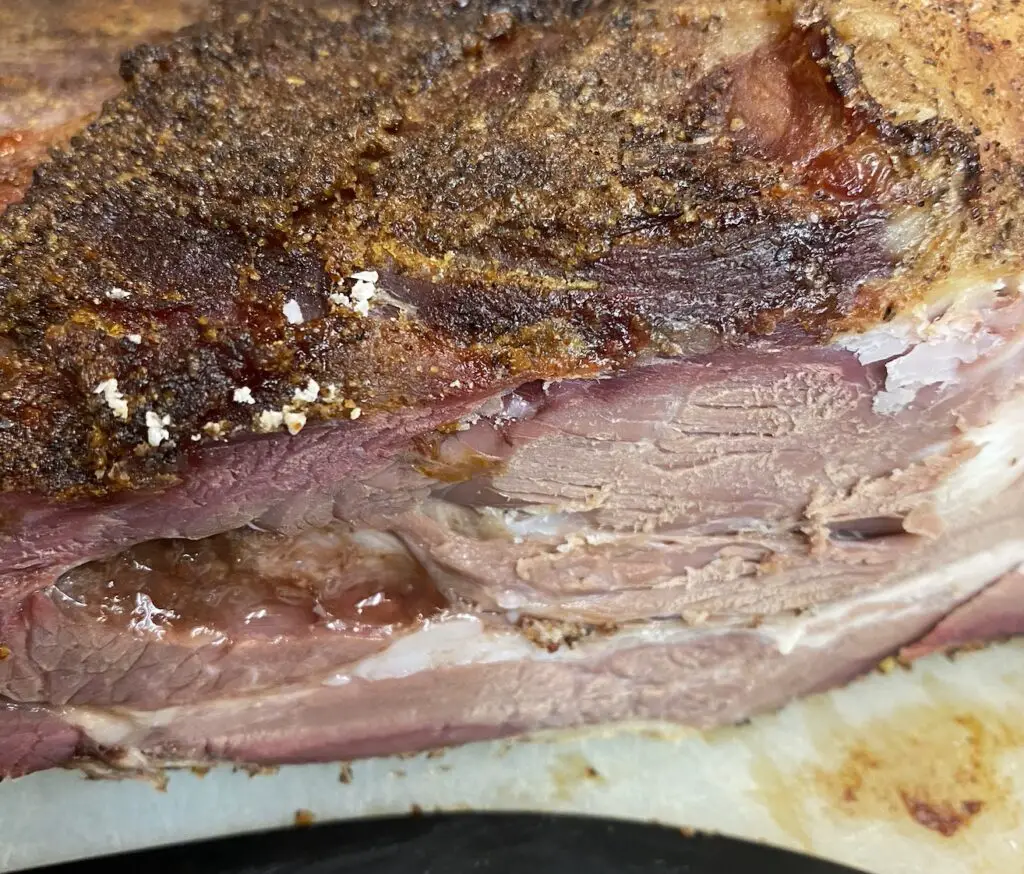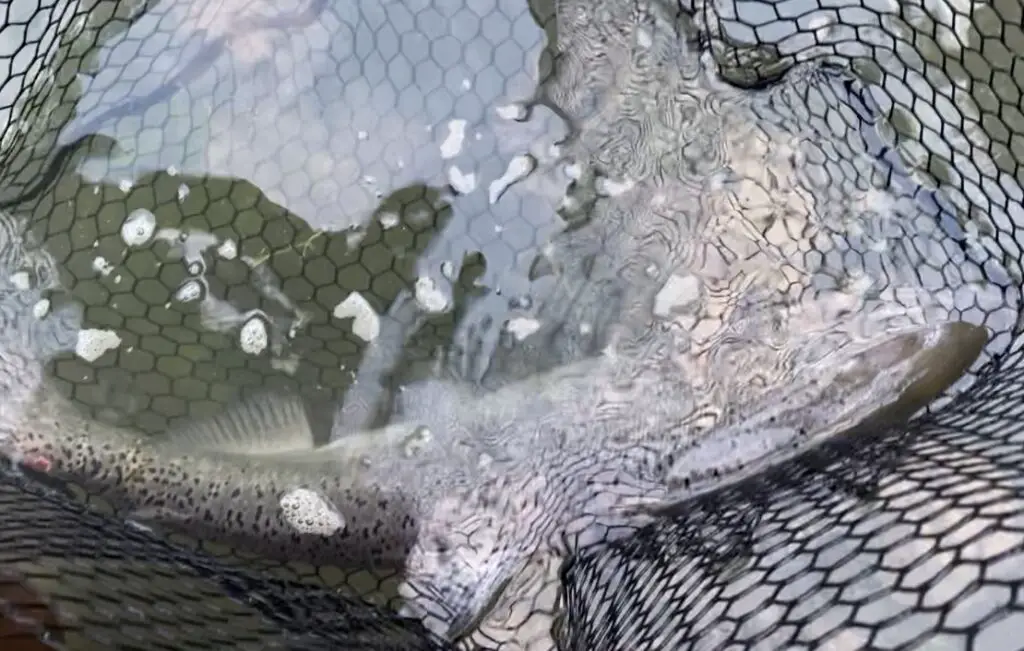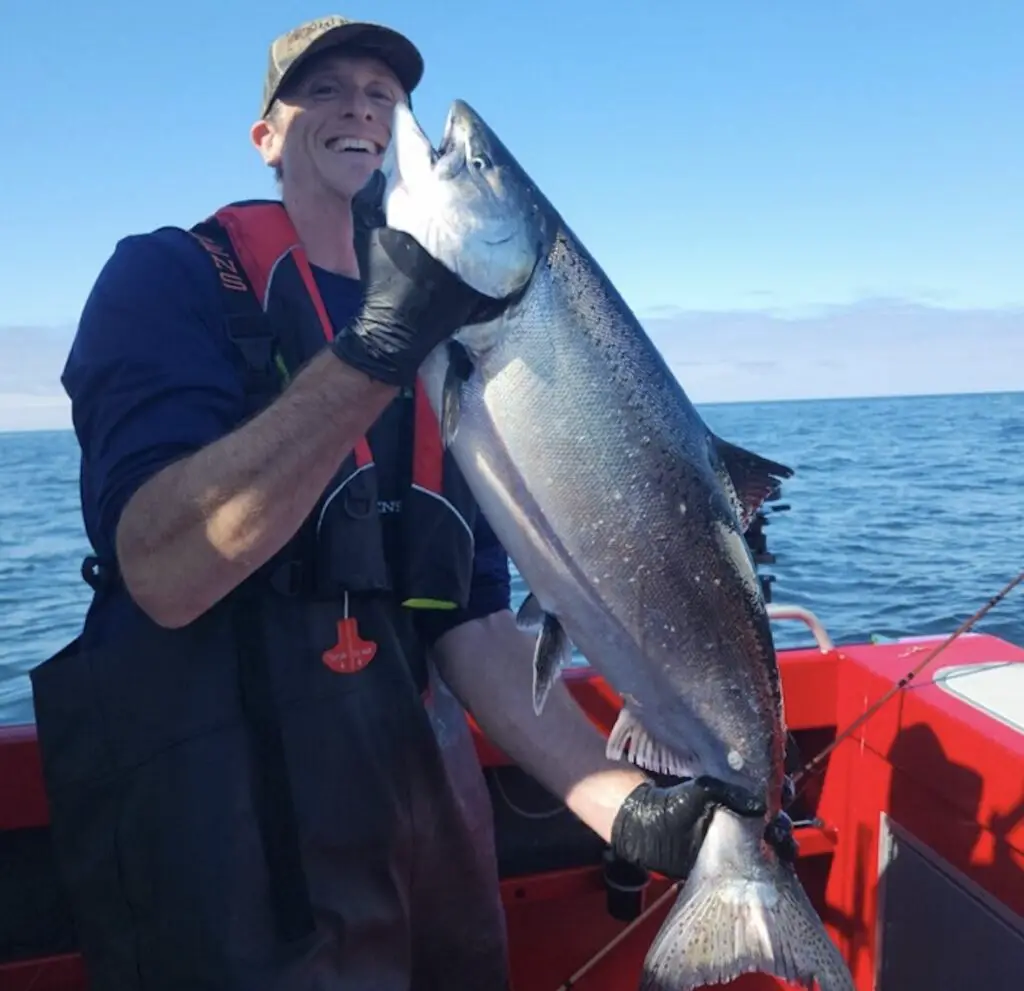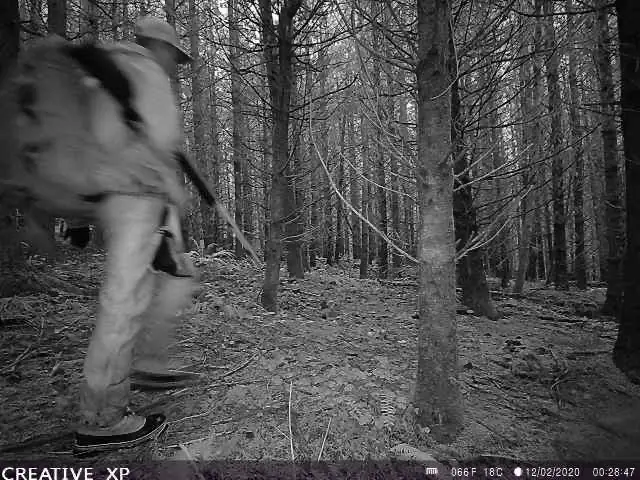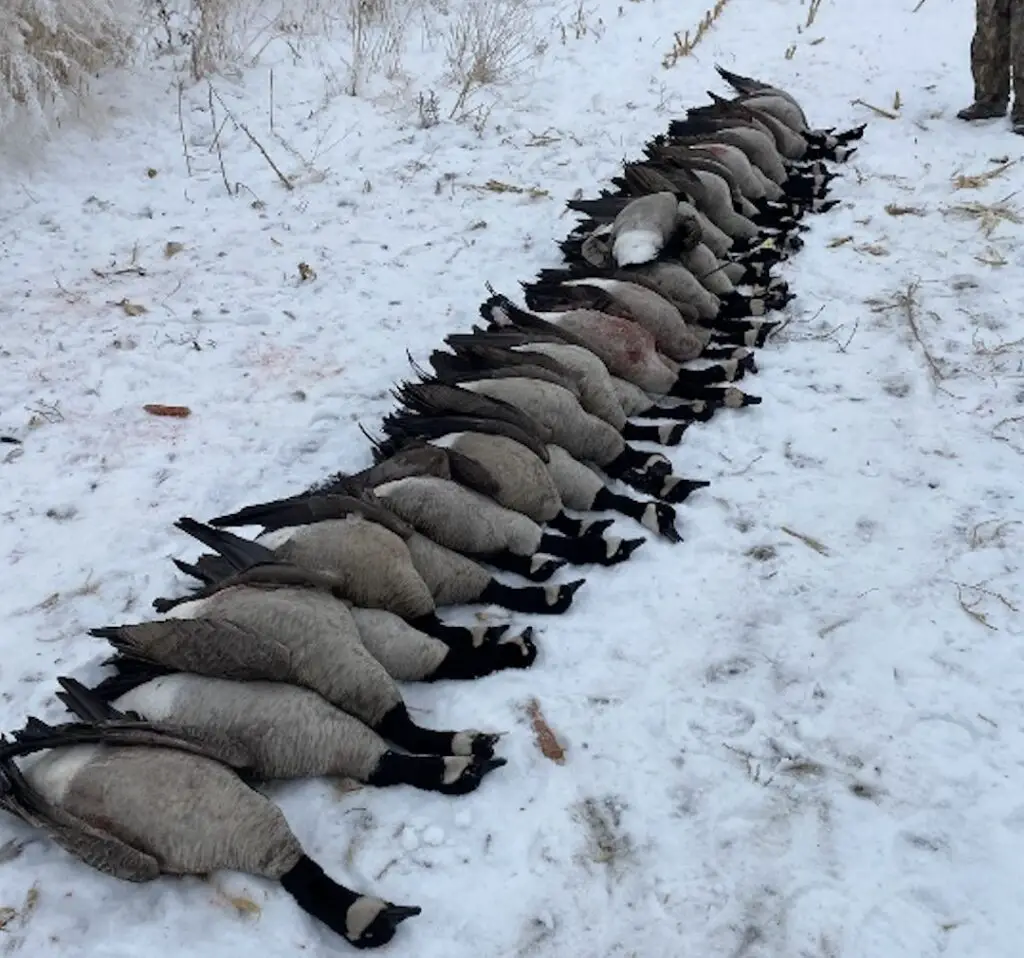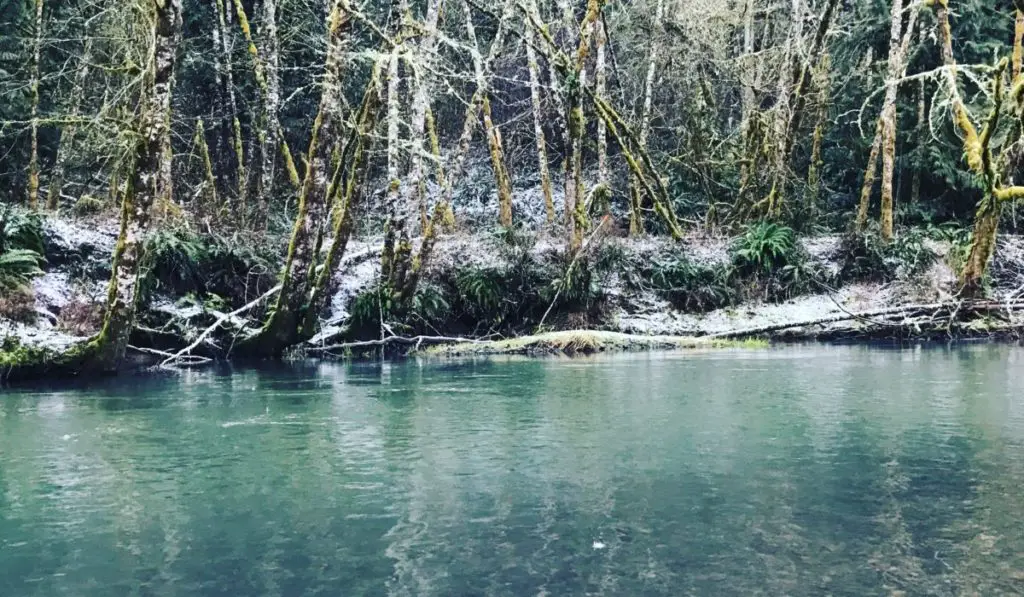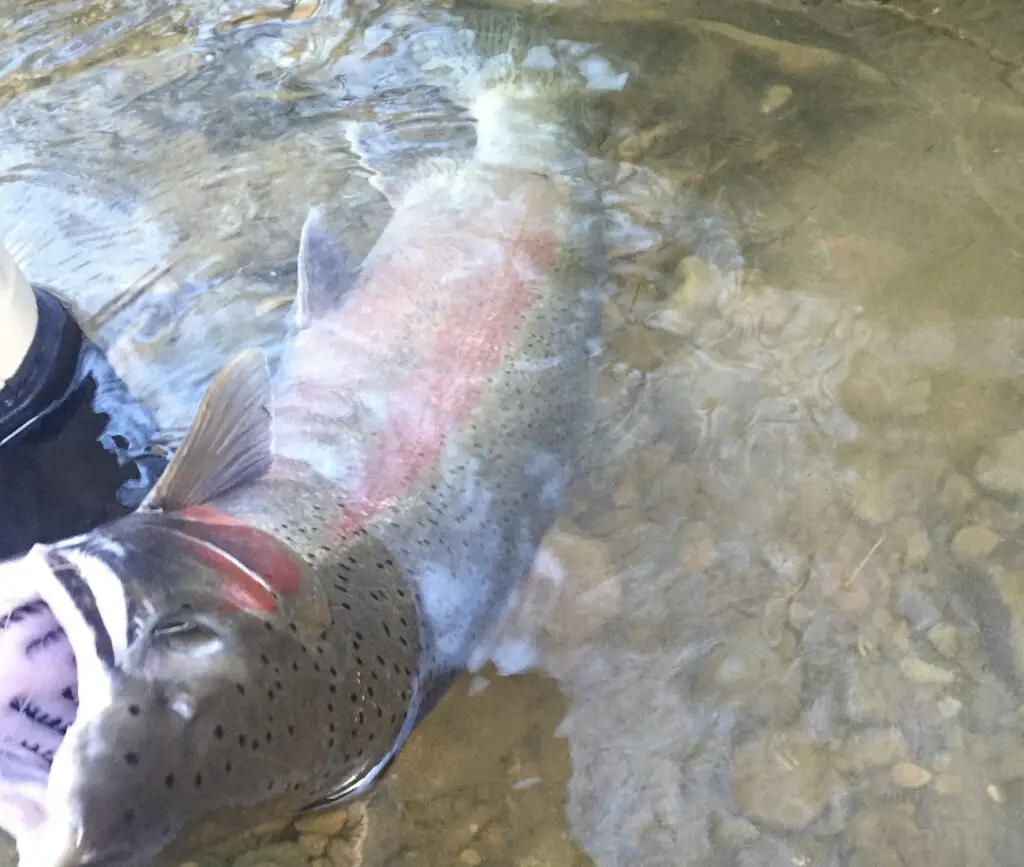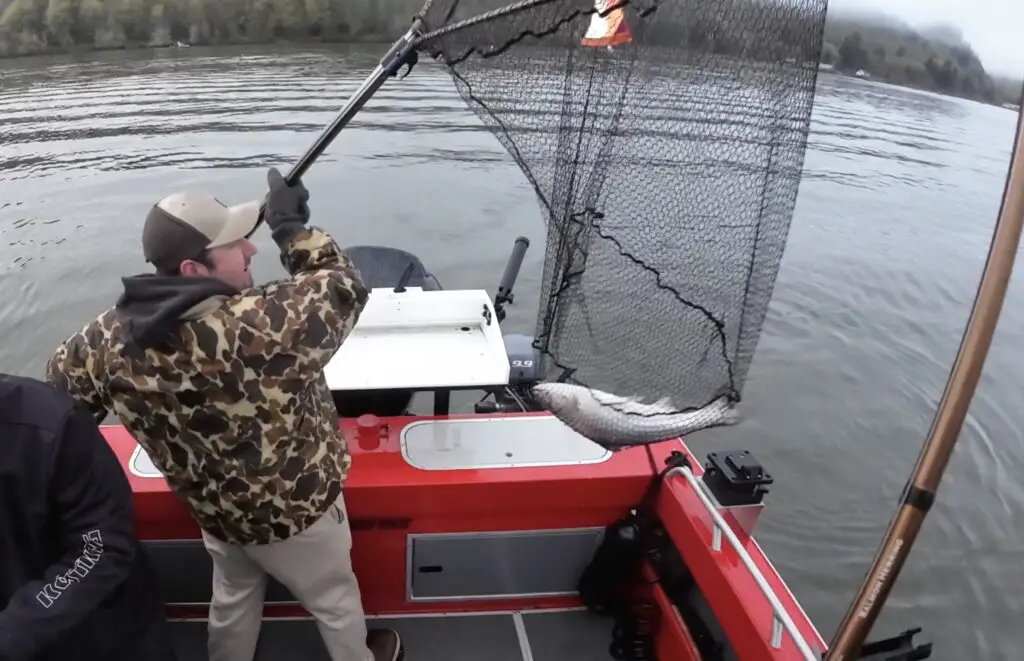
Fishing for springers on the Columbia River is best described as “grinding” since the bites are often so few and far between. Our season in 2024 was definitely defined by the word grind, however it also made us better spring chinook anglers and this blog post will outline why that is.
